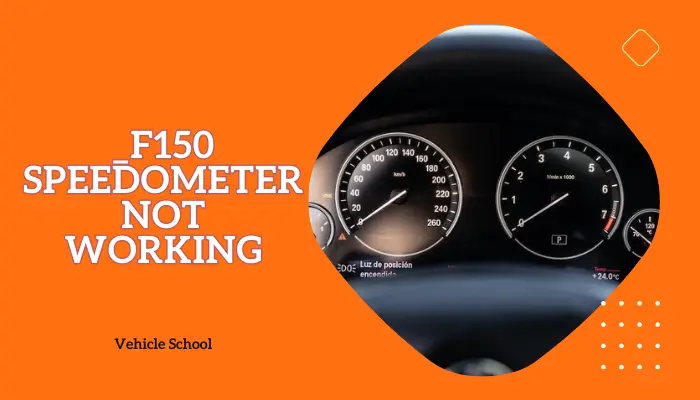So, you’re on the road, and that ford f150 check gauges message hits, followed by a sudden stall.
No need to panic; your truck’s alright. While you might need a tow home, fixing it is a breeze.
Not every reason for the Check Gauge alert leads to a complete shutdown; for those that do, a closer inspection is in order.
That’s where I come in. I’m here to guide you through this smoothly. Let’s dive in!
What Does Ford F150 Check Gauges Warning Mean?
The check gauges Ford F150 warns you about possible problems with important things like oil, temperature, and fuel.
It’s a general alert, not for one specific issue, but to check all your gauges for anything unusual.
Knowing these Ford F-150 gauges’ meanings can help prevent damage to your vehicle.
What Triggers The Check Gauges Message in F150?
Let’s find out why your F150 won’t start and displays the Check Gauges message:

1. PCM Issue
A malfunctioning PCM can cause a breakdown of communication and control processes.
It disrupts fuel injection and other vital processes, leading to starting problems.
Also, since the PCM communicates with dashboard indicators, a faulty PCM can commonly trigger the “Check Gauges” message.
2. Low Oil Pressure
Low oil pressure can damage the engine, leading to a stall.
Engines need proper lubrication to function. Insufficient oil pressure can cause engine failure and display the “check gauges” warning.
3. Low Fuel
Running out of fuel or having very low levels can cause the engine to “die”.
Engines require a consistent fuel supply. Deficient fuel levels can lead to this alert and engine shutting down.
F150 Died Said Check Gauges: Solution
First off, do the basics. Check your fuel levels; you might’ve just forgotten to refuel. If that seems alright, you can try these fixes:
1. Inspect The PCM
The first two steps can sometimes fix the issue by themselves. If they don’t, you might need to get more hands-on.
- Try a PCM hard reset first by turning the ignition on and off three times.
- Pull the PCM out and put it in a freezer. This is unconventional but less complex; doing so contracts internal components, helping fix connections.
- Gather the necessary tools: a PC, Ford-approved programming tool, and subscription.
- For the PATS “E” system, gather all keys and set up the PATS system.
- Connect a battery charger to maintain proper voltage during programming.
- Follow Ford system prompts for module programming and installation. Apply the calibration label as required.
- If the original PCM isn’t available, program the replacement manually. If it is, try to transfer data from the original PCM to the replacement PCM.
- Update programmable parameters and VIN if necessary.
- Ensure the system clears any diagnostic trouble codes after programming.
2. Taking Care Of Low Oil Pressure
- Check for the “Low Oil Level” message besides the “Check Gauge” one.
- Verify the oil level; top up if it is low.
- Use the OBD-II scanner to check for oil-pressure switch-related codes.
- If nothing is found, disconnect the battery.
- Check for leaks in the oil pressure switch located behind the alternator and remove it.
- Clean the connector, replace the rubber piece, and install a new switch hand-tight.
- Reconnect the wire, reinstall the alternator, and tighten the bolts securely.
- Reinstall belts, ensuring proper tension using a 15-mm ratcheting wrench.
- Reconnect the battery tightly.
- Start the engine and monitor for warning messages.
If you’re confused about any of the steps I’d suggest you to watch this video:
FAQs
Is it safe to drive with the check gauges light on?
No, it’s not safe, even if you can somehow get the truck to start. The warning indicates vital issues. Driving with this warning can extensively damage your engine or cause a breakdown.
How do you reset the gauges on a Ford F150?
The gauges usually reset once the problem is fixed. If they don’t, restarting your vehicle might help.
Could the “Check Gauges” issue be related to my F150’s instrument cluster not working properly?
Yes, if your F150’s instrument cluster is not working it could trigger the warning. It might give incorrect readings, causing the alert.
Can my F150 misfire due to the “check gauges” warning?
The low oil pressure or other issues indicated by the warning could lead to misfire problems in your Ford F150 engine.
Final Thoughts
Even if your Ford seems fine and dandy, don’t ignore gauge lights after the “Check Gauges” alert. They’re as vital as the familiar wrench light.
Watching out for them ensures you won’t get caught off guard by issues like running low on fuel out on the road or facing wallet-draining engine repairs.






